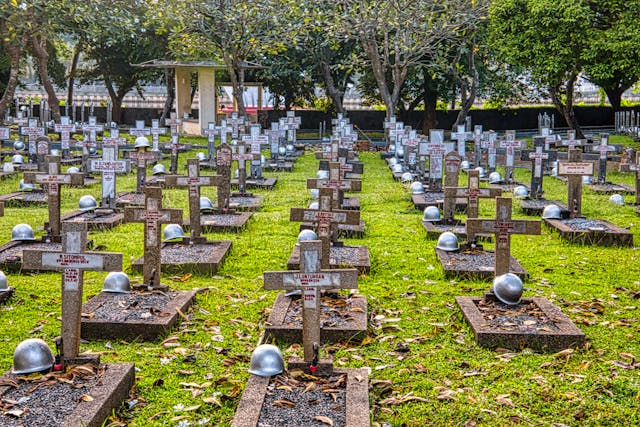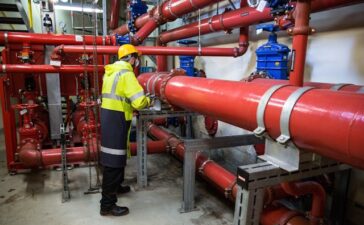As more Australians adopt environmentally conscious lifestyles, many are also considering sustainable choices when it comes to their final farewell. A carbon-neutral funeral is a thoughtful way to honour a life while minimising environmental impact. From biodegradable caskets to offset programs and eco-friendly memorials, there are numerous ways to create a meaningful tribute that aligns with your values.For those exploring funeral planning for the first time, it’s worth noting that what influences funeral costs isn’t always obvious—choices around transportation, burial materials, and energy usage all play a part.
What is a Carbon-Neutral Funeral?
A carbon-neutral funeral aims to eliminate or offset the greenhouse gas emissions associated with traditional funeral practices. This involves reducing emissions where possible—such as by choosing eco-friendly materials—and offsetting any remaining emissions through carbon credits or environmental initiatives. The goal is to leave as little impact on the planet as possible, even in death.

Steps to Planning a Carbon-Neutral Funeral
Choose Sustainable Burial or Cremation Options
Traditional burial often involves embalming chemicals, concrete vaults, and hardwood caskets—all of which have environmental consequences. Instead, consider:
- Natural burial grounds that forgo vaults and allow for biodegradable coffins or shrouds.
- Cremation with offset programs, where you calculate emissions and invest in renewable energy or reforestation efforts.
- Aquamation (alkaline hydrolysis), an emerging and more eco-friendly alternative to cremation, available in some Australian states.
Opt for Eco-Conscious Coffins and Urns
Coffins made from sustainably sourced timber, bamboo, wicker, or cardboard are gaining popularity for their low carbon footprint. Likewise, biodegradable urns allow ashes to be returned to nature respectfully—some even contain seeds to grow a memorial tree.
Minimise Transport Emissions
Transporting the body, guests, or flowers can contribute significantly to a funeral’s carbon footprint. Minimise this by:
- Choosing local suppliers and venues.
- Encouraging carpooling or providing shared transport.
- Offering a virtual attendance option for mourners who live far away.
Select Eco-Friendly Flowers and Décor
Avoid imported or chemically treated blooms, and opt for seasonal, locally grown flowers. Reusable decorations, potted plants, or native floral arrangements are beautiful, sustainable choices. You might also consider eliminating single-use items like printed booklets or bottled water.

Offset the Carbon Footprint
Even with the most mindful planning, some emissions may be unavoidable. Carbon offset programs allow you to invest in environmental projects—like tree planting or renewable energy development—that neutralise your impact. Many funeral homes now offer this as an add-on service or can recommend reliable partners.
Create a Living Legacy
Memorial donations to environmental charities or sponsoring a conservation initiative in the name of your loved one are powerful ways to honour their memory while doing good. You could also consider planting a memorial tree or dedicating a bench in a park or nature reserve.
Planning a carbon-neutral funeral requires thoughtful decisions, but it’s a deeply respectful way to commemorate a life—one that reflects care for the earth and future generations
Whether you’re pre-planning for yourself or arranging a farewell for someone else, it’s never too early to explore sustainable options.By weaving together ecological awareness and heartfelt remembrance, we can ensure that our final act leaves a lasting legacy of kindness, not only to those we love, but also to the planet we all call home.





